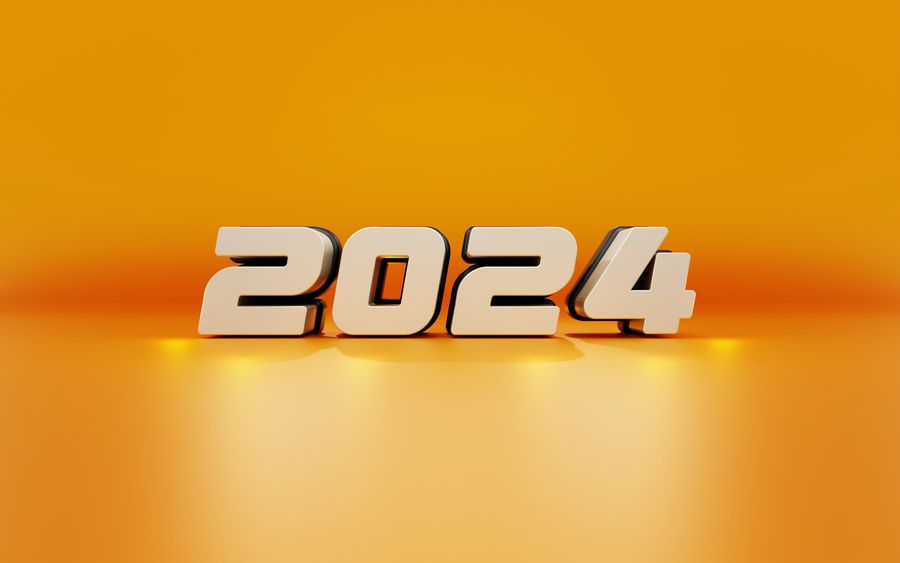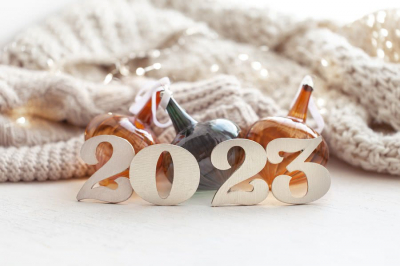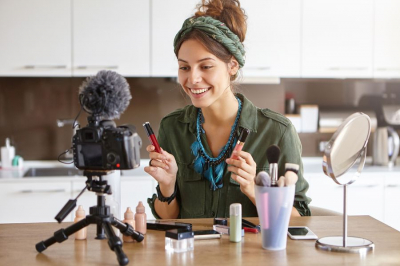Development of AI technologies, progression of the circular economy, increased used of chatbots… Consumers have changed how they shop and 89% of them1 have been satisfied with their use of a chatbot with integrated generative AI and 64%1 would buy a product recommended by AI.
This makes it necessary for brands to keep on top of the latest developments and to implement strategic watch to be aware of the latest market trends.
Check out these 6 trends that you should be following in 2024 to stay ahead of the competition and meet the new demands of shoppers.
#Virtual influencers
Virtual influencers or digital avatars have become a part of social marketing. As they are not real, they can reduce an agency budget by up to 10,000 euros per month2.
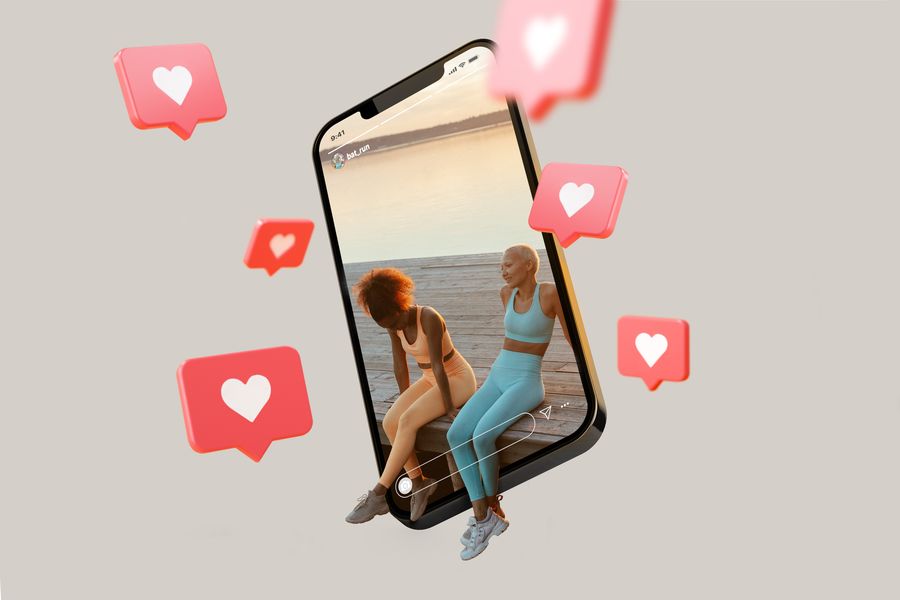
One example of this is Aitana Lopez, the virtual influencer imagined by Rubén Cruz, co‑founder of the artificial model agency « The Clueless ».
Fully created by AI, Aitana Lopez has over 160,000 followers on Instagram and bills 1000 euros3 to brands for creating and sharing advertising content.
Brands working in luxury products, fashion and cosmetics are increasingly using virtual influencers to develop their marketing strategies on social media networks: Porsche, Puma, Calvin Klein… Virtual influence is a dynamic and constantly evolving market. Representing 4.6 billion US dollars4 today the market is expected to increase by 26%4 by 2025.
#New generation chatbots
In the eCommerce industry, brands must strive constantly to provide clients with an online experience that is as close as possible to the in-store experience.
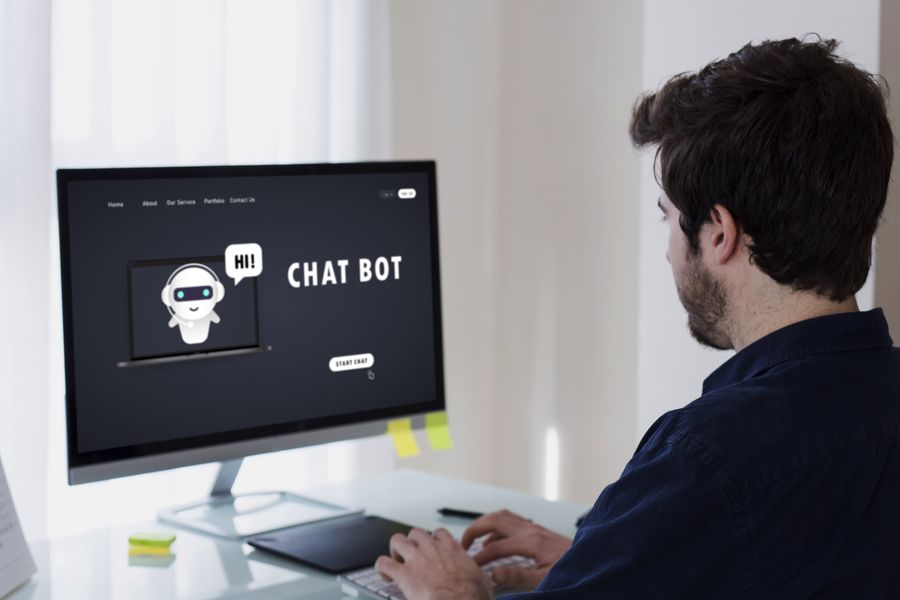
Some businesses set up chatbots powered by generative AI5 on their eCommerce websites resulting in 90% of them6 processing requests faster.
One example of this is the French DIY store Castorama which created « Hello Casto5 », an assistant using AI and voice recognition technology, on their website.
« Hello Casto » answers customer queries to help them choose « the right product » depending on their criteria: budget, skill level, project… and it gets better every time it's used. Voice recognition technology also enables the brand to present video tutorials on the relevant projects (lay a floor, paint a wall, repair an object…), access video tutorials and control these tutorials using voice control: pause, re-watch an excerpt, rewind…
#Circular economy
Between the Covid-19 crisis and the development of eco-consciousness, the demand for the circular economy just keeps on growing.
There are several methods enabling businesses to implement a circular economy approach. One of the most popular methods is the sale of refurbished goods: 51% of millennials7 have a refurbished device and 25%7 plan on buying one in the future. In buying this type of product, they can save up to 70% on their purchase8.
Businesses are on to this, and many brands have launched initiatives around refurbished products. One example is Hewlett-Packard's computer brand which launched « HP renew », an online refurbishing service enabling clients to reduce their carbon footprint by up to 77%9.
The brand which is committed to the circular economy, intends to use this service to reach « 75% circularity for its product and packaging9 » by 2030.
#Immersive in store experiences
Shoppers enjoy in-store experiences with new technologies and 53% of them10 tend to remember brands better when the brand has used immersive technologies to engage them.
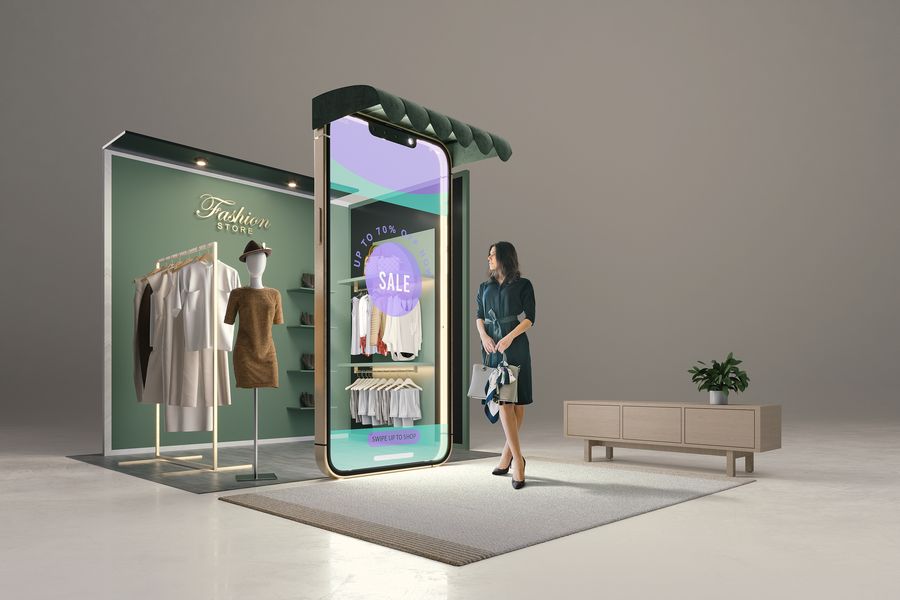
One example is the Sorel11 shoe brand which provides a unique augmented reality experience for visitors to its New York pop-up store. An interactive mirror allows them to use filters and special effects to see how outdoor conditions (snow or rain for example) would impact their shoes. They also have access to a boot customization service and an art gallery displaying the works of local artists.
Providing this type of experience requires brands to invest in new technologies and 64% of brands10 already invest in augmented reality, virtual reality, 3D contents, and 360° videos.
#FOOH Ad campaigns
FOOH advertising is becoming increasingly popular among brands in the digital marketing industry.
FOOH (Fake Out Of Home) is a « hyper immersive » form of video campaign which gives the impression of being real by using Augmented Reality (AR) and CGI generated images, to create a buzz.
The videos go so far that consumers sometimes wonder if the images are real, contributing to the video going viral.
L'Oréal created a 3D animated video12 representing a Citroën 2 CV car driving through the streets of Paris with a giant lipstick on its roof. People were impressed by the video but quickly started wondering about the authenticity of the images, making the video go viral on social networks.
#Generative AI in eCommerce
In eCommerce, generative AI can have various uses: generation of marketing descriptions, creation of backgrounds for product photos, recommendations… and enable eCommerce businesses to boost their productivity. 60% of eCommerce businesses13 already use generative AI and 25%13 use it to create their product descriptions.
Many eCommerce businesses use PIM (Product Information Management) solutions with integrated ChatGPT to help them manage their product data and write their marketing descriptions.
PIM enables them to use the information in the PIM to write reliable prompts, generate comprehensive and detailed product descriptions in just a few seconds, and to optimize them (enrichment, quality control, validation…) before publication.
1
Newberry, C. (2023, August 16). 74 Artificial intelligence statistics to guide your marketing plan. Social Media Marketing & Management Dashboard.
2
Générée par l'IA, cette influenceuse virtuelle gagne jusqu'à 10 000 € par mois. (2023, November 28). ouest-france.fr.
3
Bhaimiya, S. (2023, November 24). An agency created an AI model who earns up to $ 11,000 a month because it was tired of influencers « who have egos » . Business Insider.
4
Kuzminov, M. (2023, March 29). Consumer trust and virtual influencers. Forbes.
5
Henry, L. (2023, November 16). Appliquer l'IA aux cas d'usage, le défi des retailers. ecommercemag.fr
6
idakovic, I. (2023, October 1). 36 Statistiques sur l'IA conversationnelle pour 2024. text.cortex.
7
Dennis, P. (2023, December 6). 51 % of millennials currently own a refurbished device – research. Circular.
8
Les produits reconditionnés : une alternative fiable et abordable pour l'informatique. LeMondeInformatique.
9
HP Revitalize : le reconditionnement de PC qui mêle exigence et écoresponsabilité. (2024, September 21). ZDNet.
10
Immersive technology to reimagine online shopping experience and increase consumer purchasing confidence, according to new Accenture Interactive report. (2020, September 22). accenture.
11
Ralph, L. (2023, November 3). Les innovations les plus marquantes du mois d'octobre 2023. journaldunet.com
12
Capestan [Jennifer]. (2023, October 3). « Bienvenue dans l'ère du FOOH », Jennifer Capestan (Publicis Conseil) - Stratégies.
13
Top AI Statistics for 2024 : Artificial Intelligence Trends. (2023, November 30). Shopify.

